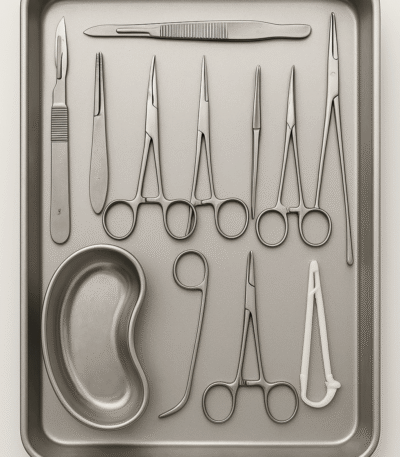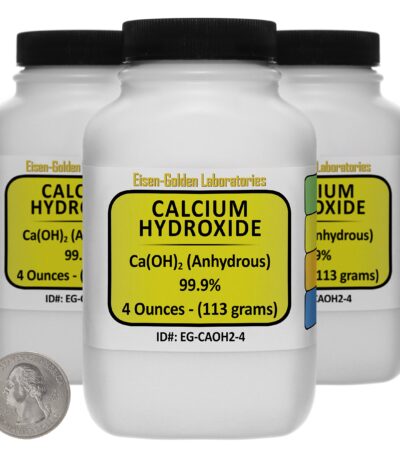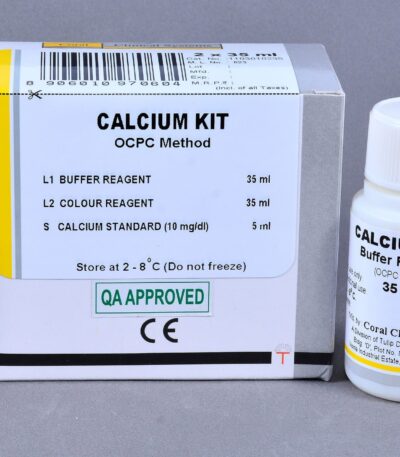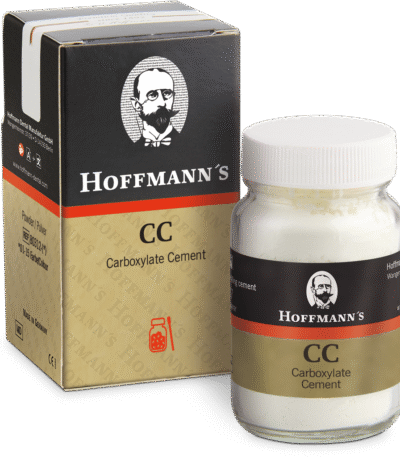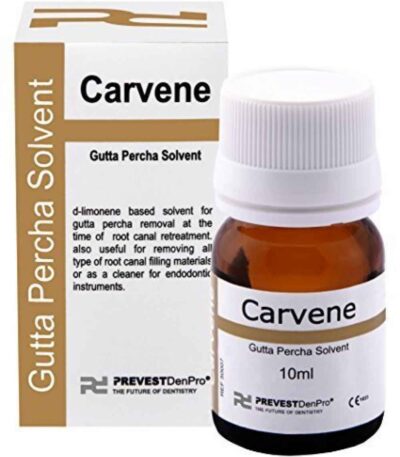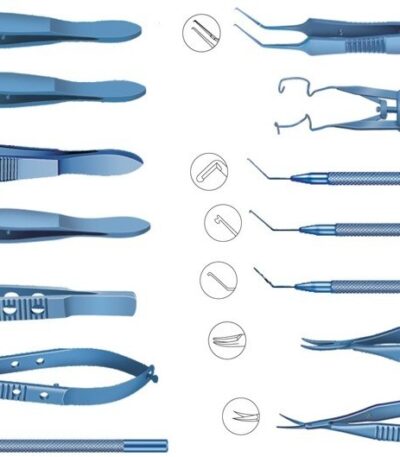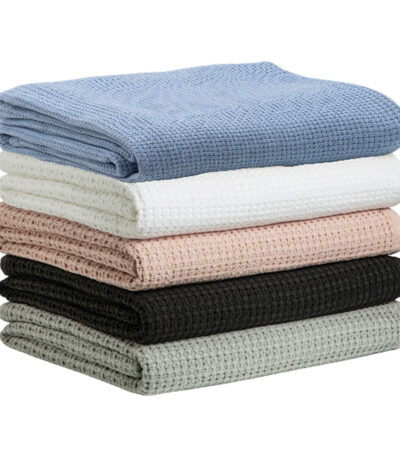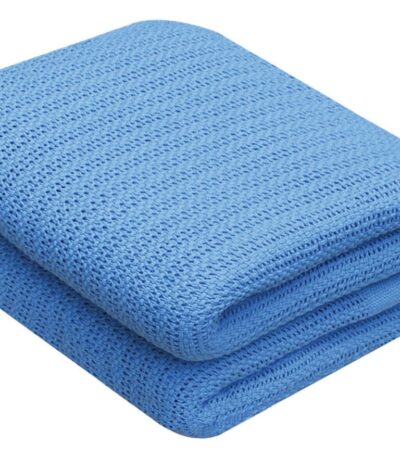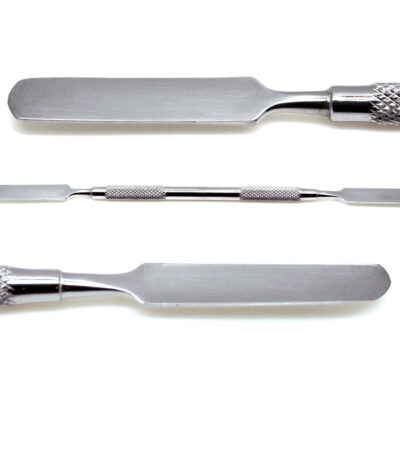Filter by price
Stock status
Showing 109–120 of 572 results
Breathing Circuit – Mapleson F (Jackson Rees Modification, Paediatric)
Caesarean Section (CS) Set – Major
The Major CS Set is made from high-quality medical-grade stainless steel, ensuring durability, corrosion resistance, and complete sterilizability. All instruments are autoclavable and arranged in a sterilizable stainless-steel tray or container for easy handling in the operating theatre.
It is designed to meet the needs of obstetricians and surgeons performing caesarean deliveries under sterile surgical conditions.
Caesarean Section (CS) Set – Minor
The Minor CS Set is made from high-quality medical-grade stainless steel to ensure durability, corrosion resistance, and easy sterilization. The instruments are autoclavable, allowing repeated use while maintaining sterility.
The set is organized in a sterilizable tray and includes instruments for cutting, grasping, clamping, retracting, and suturing.
Calcium Hydroxide
Calcium Reagents
Principle of Measurement
1. Arsenazo III Method (Most widely used in modern analyzers)
How it works:
-
Calcium ions react with Arsenazo III dye to form a blue-purple complex.
-
The intensity of the color is measured photometrically at 650–660 nm.
-
Highly specific for calcium with minimal interference from magnesium.
Advantages:
-
Excellent stability
-
Strong absorbance
-
High specificity and precision
2. o-Cresolphthalein Complexone (OCPC) Method
How it works:
-
Calcium forms a purple-red complex with o-cresolphthalein complexone in alkaline conditions.
-
Read photometrically at 570–580 nm.
-
Common in semi-auto chemistry analyzers.
Advantages:
-
Reliable and widely established
-
Suitable for manual and automated systems
Reagent Components
Arsenazo III Reagents May Contain:
-
Arsenazo III dye
-
Buffer (MES or other suitable buffers)
-
Stabilizers
-
Surfactants
-
Preservatives
OCPC Reagents May Contain:
-
o-Cresolphthalein complexone
-
Alkaline buffer (e.g., 8-hydroxyquinoline to remove magnesium interference)
-
Dye stabilizer
-
Surfactants
-
Preservatives
Packaging Format
-
Single liquid reagent (most common)
-
Two-reagent system (R1 + R2)
-
Ready-to-use liquid stable bottles
-
Analyzer-specific reagent cartridges
Common volumes: 25 ml, 50 ml, 100 ml, 250 ml or more.
Sample Types
-
Serum
-
Plasma (heparinized samples preferred)
-
Urine (dilution may be needed)
Carboxylate Cement (Zinc Polycarboxylate Cement)
Carvene – Gutta Percha Solvent
Cataract EYE Surgical Set
1. Cutting and Incision Instruments
-
Cataract Knife / Keratome: Creates precise corneal incisions to access the anterior chamber.
-
Crescent Knife: Used for tunnel or scleral pocket incisions.
-
Limbal Knife: Helps enlarge or refine incisions during surgery.
-
Vannas Scissors / Westcott Scissors: For fine cutting of conjunctiva, capsule, or delicate tissue.
2. Holding and Grasping Instruments
-
Fixation Forceps: Hold the eye steady during incision.
-
Capsulorhexis Forceps: Used to grasp and tear the anterior capsule of the lens in a controlled circular motion.
-
Iris Forceps: For manipulating or repositioning the iris.
-
Colibri Forceps: For delicate tissue handling, especially corneal sutures.
3. Retracting and Supporting Instruments
-
Speculum (Wire or Solid Blade): Keeps the eyelids open during surgery.
-
Lens Expressor: Helps deliver the cataractous lens nucleus from the capsule.
-
Iris Retractor Hooks: Used to hold the iris away from the operating field.
4. Manipulating and Extracting Instruments
-
Lens Spoon / Lens Loop: Used to remove the cataractous lens.
-
Iris Spatula: For gentle manipulation of the iris or lens fragments.
-
Cystotome Needle: To open the anterior capsule for nucleus removal.
-
Simcoe Irrigation-Aspiration Cannula: For removing cortical material after lens extraction.
5. Suturing and Closing Instruments
-
Needle Holder (Castroviejo Type): Used for microsutures with fine control.
-
Tying Forceps: Help in knot tying and handling ultra-fine sutures.
-
Micro Scissors: For cutting sutures precisely.
6. Auxiliary and Support Items
-
Syringes and Cannulas: For irrigation, aspiration, and injection of fluids.
-
Spatulas / Manipulators: To position intraocular lenses (IOLs).
-
Sterile Trays and Bowls: For organizing instruments and sterile solutions.



